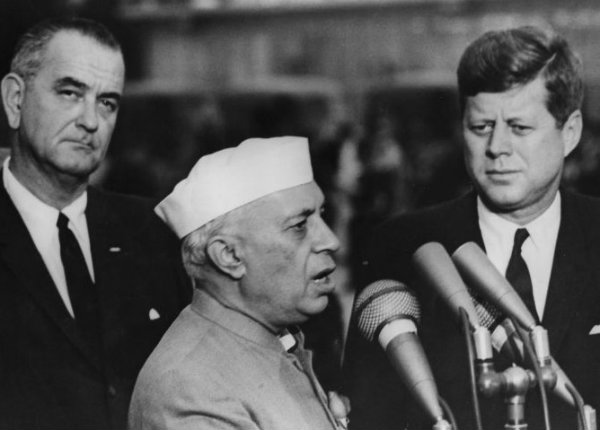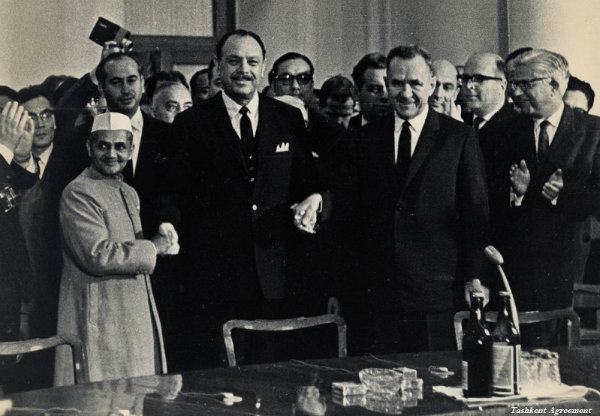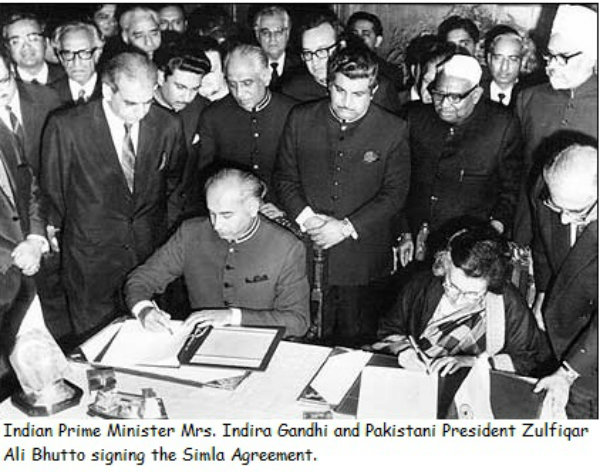
- Indian Polity - Home
- Indian Polity - Introduction
- Indian Polity - Constitution Formation
- Indian Polity - Constitution Features
- Guiding Values of the Constitution
- Indian Polity - Sources of Constitution
- Polity - How the Constitution Works
- Indian Polity - Union & Its Territory
- Indian Polity - Citizenship
- Indian Polity - Fundamental Rights
- Indian Polity - Directive Principles
- Indian Polity - Fundamental Duties
- Indian Polity - Union Executive
- Indian Polity - Union Legislature
- Indian Polity - Local Government
- Indian Polity - Judiciary
- Indian Polity - Federal System
- Indian Polity - Center State Relation
- Indian Polity - Emergency Provision
- Indian Polity - Elections System
- Indian Polity - Political Parties
- Constitutional Amendments
- Indian - Constitutional Schedules
- Indian Polity - Separation of Powers
- Indian Polity - Parts of Constitution
- Polity - International Organizations
- Indian Polity - Environment & Politics
- Indian Polity - Globalization
- Indian Polity - Popular Movements
- Indian Polity - Foreign Policy
Indian Polity - Foreign Policy
Introduction
During the period immediately after the second world War, the world divided into two clear poles one was under the influence of the United States and its western allies and the other was under the influence of the then Soviet Union.
The polarization of power was the beginning of Cold War Era between the two blocs led by the superpowers namely the US and the USSR.
The foreign policy of a nation reflects the interplay of domestic and external factors.
Nehru Policy
Pandit Jawaharlal Nehru, the first Prime Minister of India, was also the foreign minister and played a crucial role in shaping Indias foreign policy between 1946 and 1964.

-
The three major objectives of Nehrus foreign policy were −
To preserve the hard-earned sovereignty,
To protect territorial integrity, and
To promote rapid economic development.
To achieve these three objectives, Pandit Nehru adopted the strategy of nonalignment.
Because of its nonalignment policy, in 1956, when Britain attacked Egypt over the Suez Canal issue, India led the world protest against this neo-colonial invasion.
However, while India was trying to convince the other developing countries about the policy of non-alignment, Pakistan joined the US-led military alliances.
Secondly, throughout the 1940s and 1950s, Nehru had been remained an ardent advocate of Asian unity.
The Afro-Asian conference that held in the Indonesian city of Bandung in 1955, commonly known as the Bandung Conference, recognized as the zenith of Indias engagement with the newly independent Asian and African nations.
Later, the Bandung Conference led to the establishment of the Non-Aligned Movement (NAM) and Pandit Nehru was the co-founder of the NAM.

The First Summit of the NAM was held in Belgrade in September 1961.
Bilateral Agreements
Panchsheel was the joint effort under which, the Five Principles of Peaceful Coexistence, by the Indian Prime Minister Nehru and the Chinese Premier Zhou Enlai was signed on 29 April 1954 in the direction of stronger relationship between the two countries.
In spite of the Panchsheel Agreement, between the period of 1957 and 1959, the Chinese occupied the Aksai-chin area and built a strategic road there.
Finally, China launched a swift and massive invasion in October 1962 on both the disputed regions i.e. Arunachal Pradesh and Aksai Chin area in Jammu and Kashmir.
A long-term dispute between India and Pakistan about the sharing of river water was resolved through mediation by the World Bank. Resultantly, the India-Pakistan Indus Waters Treaty was signed by Nehru and General Ayub Khan in 1960.
An armed conflict between India and Pakistan began in 1965; at that time, Lal Bahadur Shastri was the Prime Minister of India. The hostilities came to an end with the UN intervention.
Later, the-then Indian Prime Minister Lal Bahadur Shastri and Pakistans General Ayub Khan signed the Tashkent Agreement in January 1966, and it was mediated by the Soviet Union.

In 1971, the US and China supported Pakistan.
India signed a 20-year Treaty of Peace and Friendship with the Soviet Union in August 1971 to counter the US-Pakistan-China axis.
Pakistans attack on India in December 1971, was the major loss for both the countries; secondly, because of this war, East Pakistan became an Independent country as Bangladesh.
The dispute was resolved through the signing of the Shimla Agreement between Indira Gandhi and Zulfikar Ali Bhutto on July 3, 1972.

Nuclear Development
Another important development of this period was the first nuclear explosion undertaken by India in May 1974.
When Communist China conducted nuclear tests in October 1964, the five nuclear weapon powers i.e. the US, the USSR, the UK, France, and China (the five Permanent Members of the UN Security Council) tried to impose the Nuclear Non-proliferation Treaty (NPT) of 1968 on the rest of the world. However, India always considered the NPT as discriminatory and had refused to sign it.
India conducted a series of nuclear tests in May 1998, demonstrating its capacity to use nuclear energy for military purposes.
Before the period of 1990, Russia was the important political friend of India, but after the period of 1990, Russia, though it continues to be an important friend of India, has lost its global preeminence and Indias pro-US policy started developing.
Indias foreign policy is always dictated by ideas of national interest.